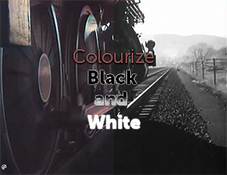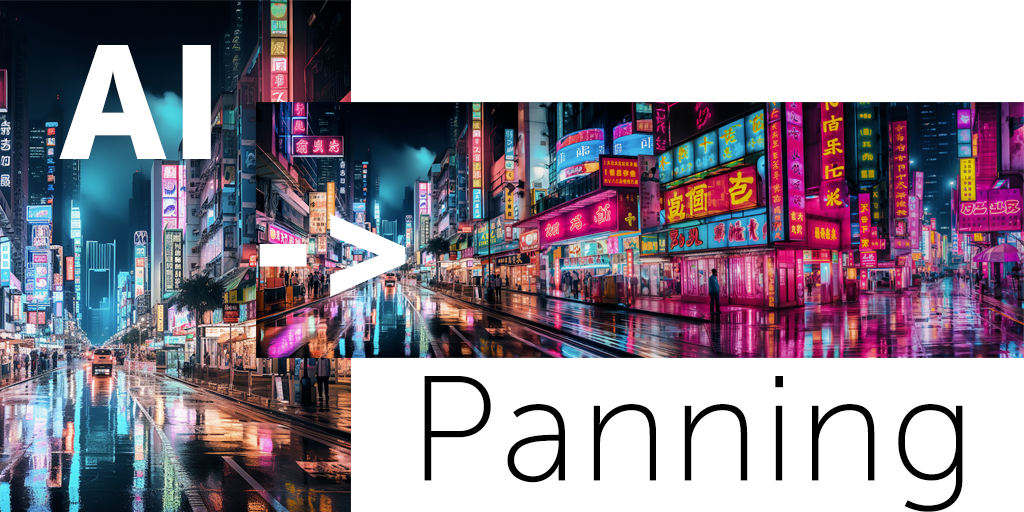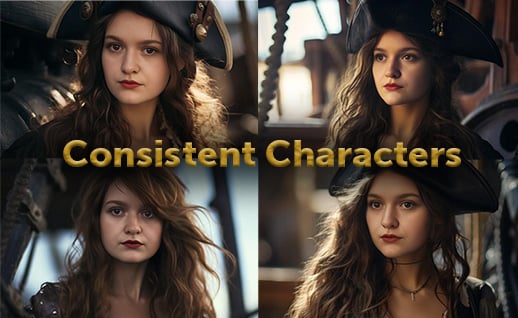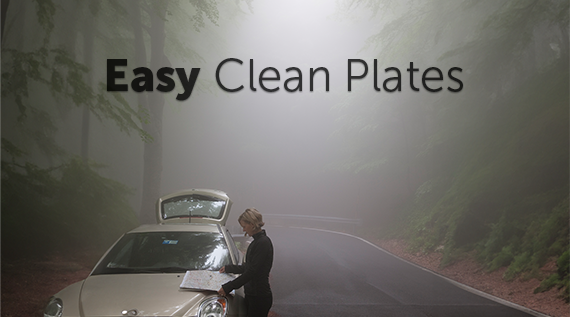Rights and releases manager Pamela Haskell offers tips on filming buildings, skylines, and other landmarks in the third of our four-part series on shooting commercially usable stock in public settings.
High-quality shots of buildings, skylines, and architectural details are always in demand because they can instantly establish a time, place, and mood. However, restrictions on filming buildings can be difficult to navigate — most architecture has no copyright protection at all, while other structures are tightly controlled. The guidelines vary according to the building’s age, owner, current use, and location.
Berne Convention or brand extension?
While famous, architecturally unique, and iconic buildings are fun to shoot, your footage will almost never be commercially usable. Most countries follow the Berne Convention, which gives extra protection to architects and buildings constructed after 1990. Older buildings won’t have this automatic protection, but distinctive landmark architecture is usually associated with a business or organization, and the architecture is considered an extension of its brand.
An organization has the right to control how images of its building are used in the same way it controls its name and trademark. In general, older buildings are free of copyright concerns, unless they’re operated as a museum or an organization uses the building as part of its public image. How do you know for sure? It’s always best to ask!
Uniquely unique
Most buildings are not famous, architecturally unique, or iconic. For any type of intellectual property protection to come into effect, the building or structure must achieve a level of uniqueness and architectural distinctiveness that sets it apart. That means the majority of office buildings, warehouses, homes, malls, etc., are simply generic.
But even for generic locations, it’s best to obtain a property release. In fact, getting a property release is the single best thing you can do to get more customers looking at your footage. Many clients, especially film and television studios, require proper documentation for every location they show. If a clip doesn’t have a property release, they can’t buy your footage, even if it’s perfect for a project.
With this in mind, you’re better off skipping that shiny new architectural wonder and heading out to the side streets, property releases in hand. After all, why limit yourself? Your footage will have greater sales potential. A shot of a simple row of houses or an ordinary office building is a subject you can make your own. And, when shot with skill, that footage can be anything in a client’s hands. Famous buildings, on the other hand, will only ever be themselves.
This clip features a mix of old and new buildings in a cityscape. It has a clearly European feel but isn’t instantly recognizable as a specific place.
If you want to shoot a scene of an iconic building and keep it commercially usable, include it in a pan of the skyline or a cityscape aerial. As long as the shot is about the skyline or city, and the famous building is just one element, no trademarks are violated.
The Chrysler Building is a highly protected landmark, but this aerial shot integrates the building into the cityscape rather than isolating it, which is key to ensuring a commercially usable shot.
Read the rest of the series.
Dissolve Premium (dissolve.com) has been the go-to for quality stock footage and photos by the world's top creative agencies and production houses. Some of the best filmmakers and stock producers from around the world are with Dissolve — our rapidly growing collection of unique, compelling footage is a testament to that. In addition to our quality stock footage and photography business, we launched Dissolve Creators (dissolve.com/creators/community). A platform for photographers, filmmakers, producers, and designers to connect and share their work as free downloadable content. We offer these creatives (amateur or pro) a bridge to our clientele, gig opportunities, networking opportunities, as well as our knowledge of the stock industry.
.png)
.png)
.png)




